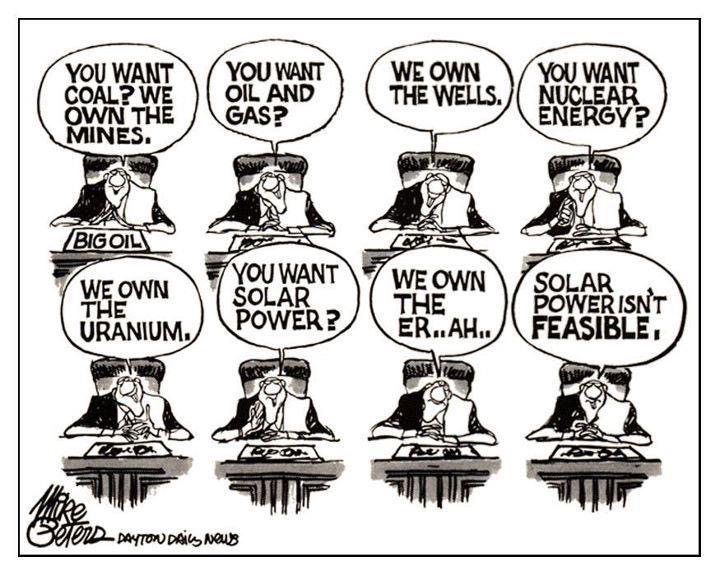- cross-posted to:
- [email protected]
- cross-posted to:
- [email protected]
There is never surplus power with a network of a few “turn it on as needed” intensive industrial uses like haber-bosch reactors for ammonia, dessalination plants and electrolysis for aluminium or other metals…right?

We own the factories building the panels.
Solar cells don’t really grow on trees.
Solar cells don’t really grow on trees.

Are you talking about
A scalable self replicating and self sustaining carbon capture technology that uses a mix of highly specialized biological processes to turn CO2 into engineering grade composite construction material, fuel and fertilizer.
?
You can’t earn the big money with it, so the capitalism isn’t interested. Planting a tree is almost for free. Maybe if we could file a patent on trees or something like that. Let’s ask Nestlé how they did it with water
I saw some context for this, and the short of it is that headline writers want you to hate click on articles.
What the article is actually about is that there’s tons of solar panels now but not enough infrastructure to effectively limit/store/use the power at peak production, and the extra energy in the grid can cause damage. Damage to the extent of people being without power for months.
California had a tax incentive program for solar panels, but not batteries, and because batteries are expensive, they’re in a situation now where so many people put panels on their houses but no batteries to store excess power that they can’t store the power when it surpasses demand, so the state is literally paying companies to run their industrial stoves and stuff just to burn off the excess power to keep the grid from being destroyed.
Just send the electricity to a neighbouring state. Sure, it’ll be really inefficient to pass it through that massive length of cable, but that’s fine, we don’t care about that. If the interstate power infrastructure doesn’t have enough capacity then first priority should be to upgrade it.
That’s one of the options they mention as a solution.
Basically store it, use it, ship it, subsidize it or pay someone to waste it are the options.
Right now they pay someone to waste it, which is the option that makes adoption the most difficult, so it’s a problem.
To be fair, having a mismatch between when energy is available and when it is needed is going to be a problem under any economic system, since it’s a fundamental inefficiency that must be worked around with additional effort and resources
If the excess energy cannot be stored, it should be used for something energy intensive like desalination or carbon capture.
Heck pumping water uphill for all I care. The more potential energy the better.
Many places actually do pump water uphill into reservoir lakes for hydroelectric dams. In that case it is a form of energy storage, a literal water battery.
Unfortunately, it’s not always a feasible option. For instance, in the great planes there’s not much of an uphill to pump the water to.
I’ve seen some interesting ideas from Low Tech Magazine - one that I found particularly interesting was flywheel energy storage. Take a heavy disk or drum and spin it up with excess electricity, then discharge the spin from the battery when the Sun goes down.






